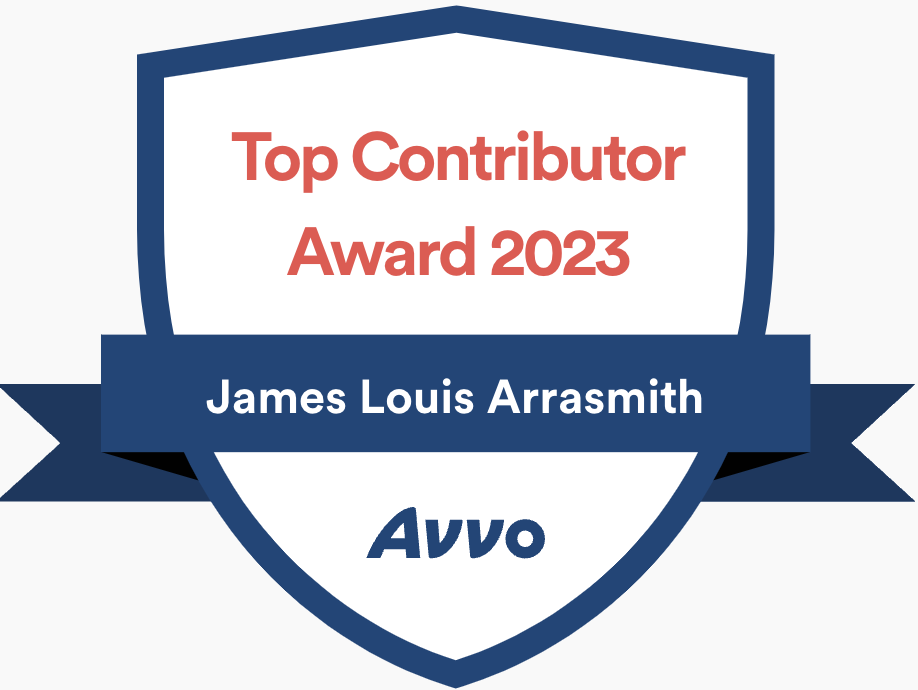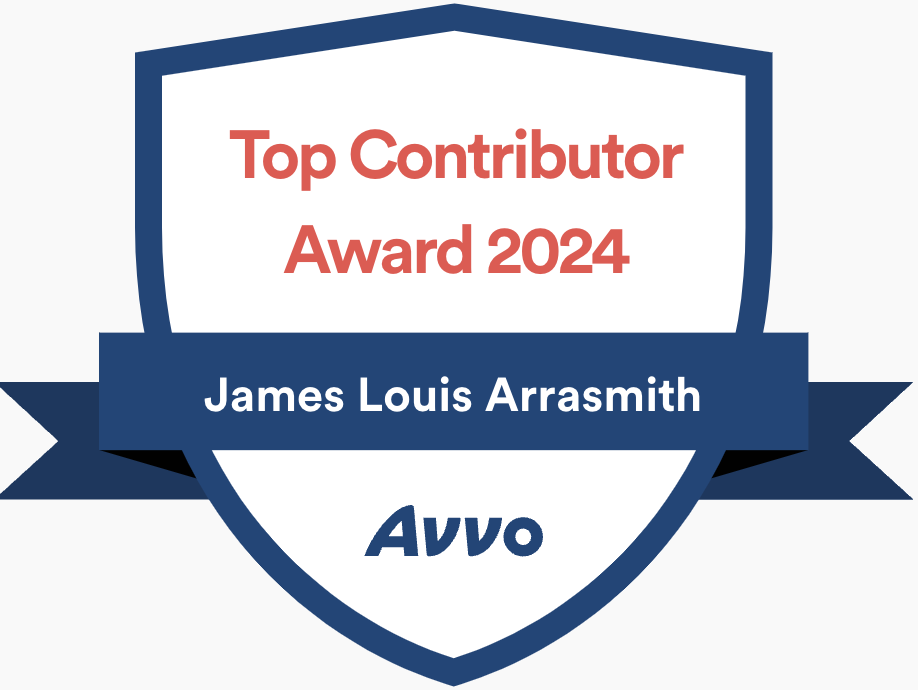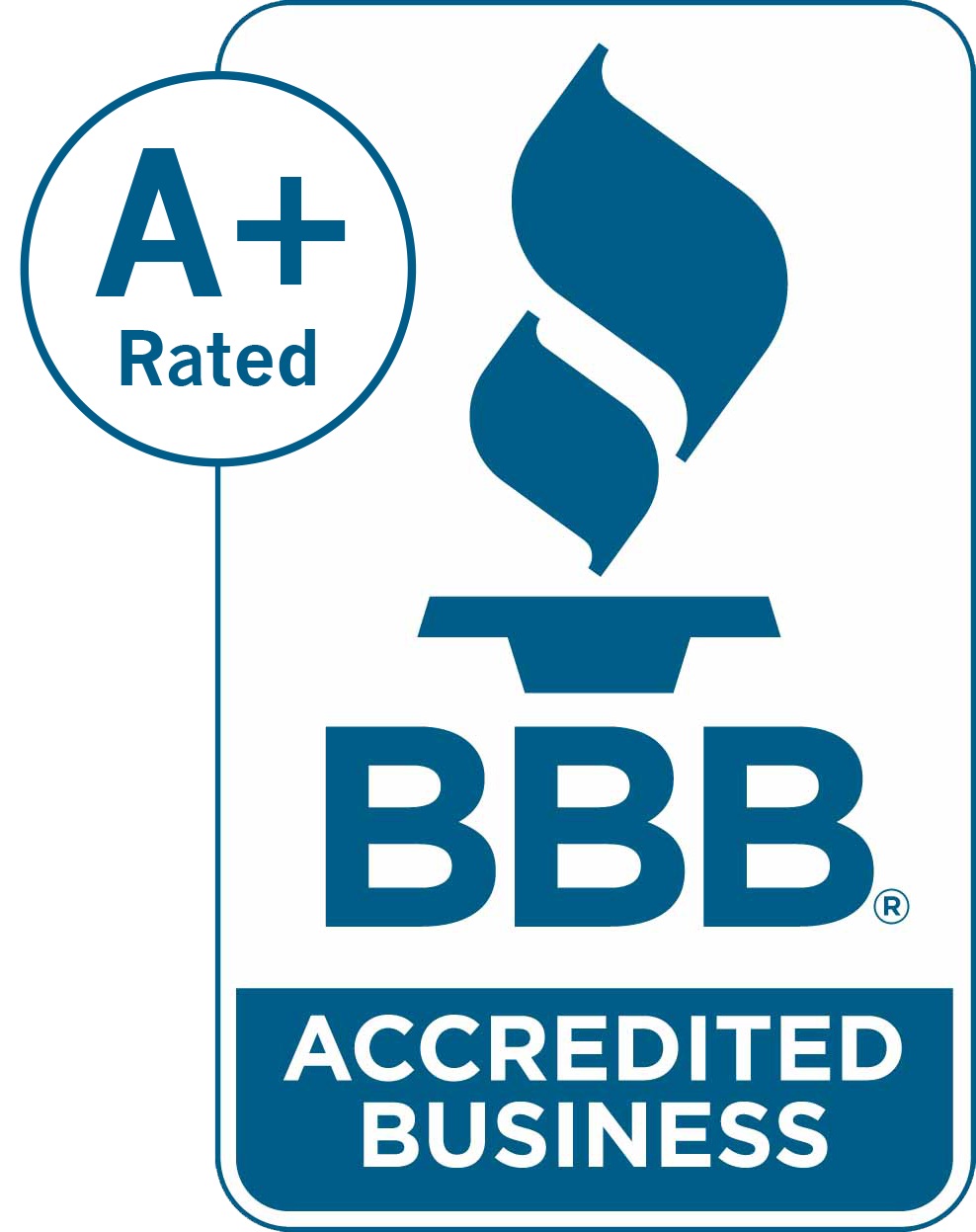The Current State of DEI in America: Progress, Challenges, and Future Directions
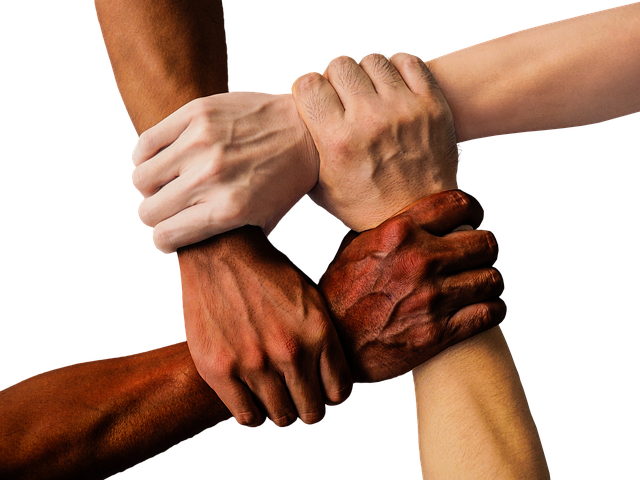
Introduction
Diversity, Equity, and Inclusion (DEI) initiatives have become increasingly prominent across American institutions in recent years. These programs aim to create more representative workplaces and educational environments while addressing historical inequities. However, DEI efforts have also sparked intense debate about their implementation, effectiveness, and legal standing. This article examines the current landscape of DEI in America, including federal policies, institutional practices, and ongoing controversies.
History of DEI Efforts in the US

The journey of Diversity, Equity, and Inclusion (DEI) efforts in the United States is deeply rooted in the transformative era of the 1960s Civil Rights Movement. This period marked the federal government’s initial steps towards promoting diversity, equity, and inclusion through groundbreaking policies.
The Civil Rights Act of 1964 stands as a cornerstone in this history, prohibiting employment discrimination based on race, color, religion, sex, or national origin. This landmark legislation laid the foundation for future DEI initiatives, ensuring that all individuals had the right to fair treatment in the workplace.
In 1965, the establishment of the Equal Employment Opportunity Commission (EEOC) further solidified the federal commitment to combating employment discrimination. The EEOC was tasked with enforcing federal laws that prohibit discriminatory practices, playing a crucial role in advancing DEI efforts across various sectors.
The 1970s and 1980s
The 1970s and 1980s saw the emergence of DEI initiatives within higher education institutions. Universities began to focus on increasing diversity and promoting inclusion, recognizing the value of diverse perspectives in academic environments. This period marked the beginning of dedicated diversity offices and programs on college campuses, setting the stage for more comprehensive DEI practices.
The momentum continued into the 1990s, with a significant increase in DEI efforts. Higher education institutions expanded their diversity programs, and the concept of DEI began to gain traction in the corporate world. The establishment of diversity offices and the implementation of inclusion programs became more prevalent, reflecting a growing recognition of the importance of diverse and inclusive environments.
A pivotal moment came in 2003 with the US Supreme Court’s ruling in Grutter v. Bollinger. The Court affirmed that diversity was a compelling interest in higher education, paving the way for more aggressive DEI efforts. This decision underscored the value of diverse student bodies in enriching the educational experience and preparing students for a diverse society.
In 2011, the Obama administration issued an executive order requiring federal contractors to develop and implement diversity and inclusion plans. This directive aimed to ensure that organizations receiving federal funds were actively promoting DEI within their workforces.
The EEOC continued to champion DEI efforts, issuing a report in 2015 that highlighted the importance of diversity and inclusion in the workplace. The report provided guidance on best practices for employers, emphasizing the need for comprehensive DEI policies and programs.
In 2019, the US House of Representatives passed the Equality Act, which sought to prohibit employment discrimination based on sexual orientation and gender identity. This legislative effort represented a significant step towards ensuring equal rights for all individuals, regardless of their sexual orientation or gender identity.
Today, DEI efforts continue to evolve, with a focus on creating inclusive workplaces, promoting diversity and equity, and addressing systemic barriers to inclusion. Organizations across various sectors are implementing DEI initiatives to foster environments where all individuals can thrive, reflecting a commitment to the principles of diversity, equity, and inclusion.
The Evolution of DEI in American Higher Education Institutions
The roots of modern DEI programs can be traced back to the Civil Rights Act of 1964 and subsequent legislation that prohibited discrimination based on race, color, religion, sex, and national origin. President Lyndon Johnson’s Executive Order 11246 established affirmative action requirements for federal contractors, creating a foundation for future diversity efforts.
In recent decades, DEI has expanded beyond these initial legal frameworks to encompass a broader range of identities including sexual orientation, gender identity, disability status, and socioeconomic background. Organizations increasingly view diversity not just as a legal requirement but as a competitive advantage that brings diverse perspectives to problem-solving and innovation.
Higher education institutions have been particularly active in advancing DEI, creating dedicated offices and positions to support these initiatives. Many universities now incorporate diversity considerations into admissions, hiring practices, and curriculum development.
Federal Government’s Approach to DEI for Federal Contractors
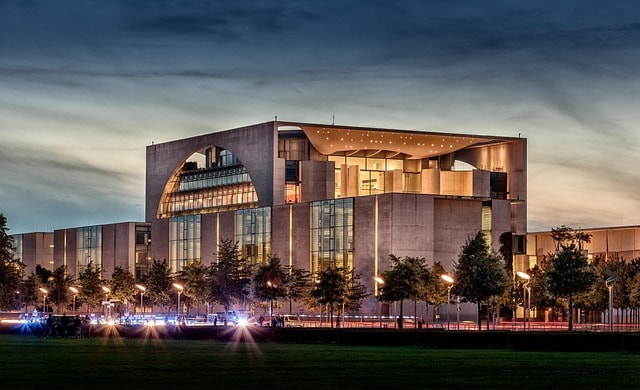
The federal government’s stance on DEI has shifted significantly depending on administration priorities. Federal agencies and contractors are subject to various requirements regarding diversity efforts, with regulatory frameworks established by the Equal Employment Opportunity Commission (EEOC) and other bodies.
Under President Donald Trump, Executive Order 13950 restricted certain types of diversity training for federal employees and contractors, arguing that some approaches promoted divisive concepts. This order was later rescinded by the Biden administration, which has emphasized advancing racial equity and supporting underserved communities through federal programs.
Current federal policies encourage agencies to:
- Assess barriers to equal opportunity in employment practices
- Develop strategic plans to promote diversity within their workforces
- Ensure compliance with anti-discrimination laws
- Implement inclusive hiring practices
DEI Programs in Practice
Organizations implement DEI initiatives through various mechanisms:
Training and Education
Diversity training programs aim to increase awareness of unconscious bias and provide tools for more inclusive workplace interactions. These range from mandatory compliance sessions to more comprehensive professional development opportunities focused on inclusive leadership.
Recruitment and Hiring
Many organizations have revised their hiring practices to attract more diverse job candidates. Strategies include expanding recruitment channels, removing biased language from job descriptions, implementing blind resume reviews, and ensuring diverse interview panels.
Policy Development
DEI policies may address issues from non-discrimination protections to accommodations for religious practices and guidelines for inclusive communication. Organizations with mature DEI programs typically integrate these considerations into their broader governance frameworks.
Measurement and Accountability
Effective DEI efforts include metrics to track progress, such as workforce demographic data, promotion rates across different groups, and employee satisfaction measures disaggregated by demographic factors.
Legal Challenges and Controversies: Civil Rights Act
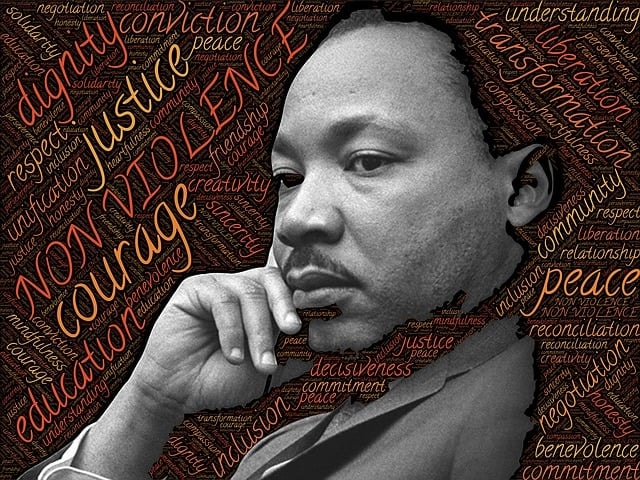
DEI initiatives face increasing legal scrutiny, particularly following the Supreme Court’s 2023 decision limiting race-conscious admissions in higher education. Conservative activists and some state attorneys general have filed lawsuits challenging various DEI practices as potentially violating equal protection principles or creating reverse discrimination.
Several states have passed laws restricting certain DEI practices in public universities and government agencies. Critics argue that some DEI programs:
- Create expensive bureaucracies without measurable outcomes
- Emphasize group identity over individual merit
- May infringe on free speech and academic freedom
- Could constitute expending precious taxpayer resources on ideological agendas
Supporters counter that properly designed DEI efforts:
- Address documented patterns of discrimination and exclusion
- Enhance organizational performance through greater cognitive diversity
- Fulfill the promise of equal opportunity enshrined in civil rights laws
- Create more accessible environments for all Americans
DEI in the Private Sector
While government and higher education DEI initiatives generate significant public debate, the private sector has often embraced diversity programs for business reasons. Many corporations view inclusive cultures as essential for:
- Attracting top talent in competitive markets
- Understanding diverse customer bases
- Driving innovation through diverse perspectives
- Building stronger community relationships
Private companies generally have more flexibility in DEI implementation than public institutions bound by constitutional constraints and scrutiny over the use of state or federal funds.
The Future of DEI
As legal challenges continue and political debate intensifies, DEI efforts are likely to evolve. Some organizations are shifting terminology from “DEI” to alternatives like “belonging” or “inclusive excellence” to navigate political sensitivities while maintaining commitment to the underlying goals.
Future approaches may emphasize:
- Evidence-based practices with demonstrable outcomes
- Integration of inclusion principles throughout organizational processes rather than standalone programs
- Broader conceptions of diversity beyond demographic categories
- Balancing group-based and individualized approaches to equity
Conclusion
The debate around DEI reflects deeper tensions in American society about how to address historical inequities while honoring principles of equal treatment. As institutions navigate these complex issues, finding approaches that build genuine inclusion while respecting diverse viewpoints remains a significant challenge. Whether through government mandates, institutional commitments, or market-driven initiatives, the conversation about diversity, equity, and inclusion continues to shape American workplaces, educational institutions, and public policy.
Did You Know?
- The term “DEI” only became widely used in the past decade, though the underlying concepts have much longer histories
- Federal contractors have been required to take affirmative action in employment since 1965
- Studies show diverse teams tend to outperform homogeneous ones on complex problem-solving tasks
- Environmental justice, which addresses disproportionate environmental harms to minority communities, is increasingly incorporated into DEI frameworks
- The Americans with Disabilities Act requires employers to provide reasonable accommodations for qualified individuals with disabilities
FAQs About DEI
What’s the difference between diversity, equity, and inclusion? Diversity refers to representation of different identities and backgrounds. Equity focuses on fair access to opportunities by addressing systemic barriers. Inclusion involves creating environments where all individuals feel valued and able to participate fully.
Are DEI programs legally required? Some aspects of DEI, such as non-discrimination policies, are legally required under federal and state laws. However, many specific DEI programs are voluntary organizational initiatives that go beyond minimum legal requirements.
How do organizations measure DEI success? Common metrics include demographic representation at various organizational levels, promotion rates, pay equity analyses, employee engagement scores across different groups, and retention statistics.
What’s the relationship between affirmative action and DEI? Affirmative action refers to specific policies aimed at increasing representation of underrepresented groups, particularly in employment and education. DEI is a broader concept that includes affirmative action but also encompasses creating inclusive cultures and equitable systems.
How are DEI roles evolving in organizations? Early DEI positions often focused on compliance and representation. Today’s DEI experts typically need skills in organizational development, data analytics, change management, and strategic planning to drive systemic change.
FACT CHECK: Common Claims About DEI
Q: Do DEI programs require companies to hire unqualified candidates?
A: No. DEI efforts focus on removing barriers that prevent qualified candidates from diverse backgrounds from being considered or hired. The goal is to expand the pool of qualified candidates, not lower standards.
Q: Does all DEI training teach critical race theory?
A: No. While some DEI programs may incorporate elements that examine systemic barriers, most workplace DEI training focuses on practical skills for creating inclusive environments and recognizing unconscious bias. The content varies widely between programs.
Q: Have DEI initiatives been proven to increase productivity and profits?
A: The research shows mixed results. Some studies demonstrate positive business impacts from diverse teams, particularly for innovation and problem-solving. However, outcomes depend greatly on how programs are implemented and whether diversity is coupled with inclusive practices.
Q: Have recent Supreme Court decisions made all DEI programs illegal?
A: No. Recent court rulings have restricted specific practices, particularly race-conscious admissions in higher education. However, many DEI initiatives remain legally permissible, especially those focused on inclusive workplace cultures and removing barriers to opportunity.
Q: Are DEI programs primarily about meeting hiring quotas?
A: No. Strict quotas for protected classes have been illegal since the Supreme Court’s 1978 Bakke decision. Modern DEI efforts focus on expanding opportunity, creating inclusive environments, and addressing systemic barriers rather than imposing numerical requirements.
Q: Do DEI programs constitute “reverse discrimination” against majority groups?
A: When properly implemented, DEI programs aim to create equal opportunity for all, not to disadvantage any group. Courts have consistently held that programs designed to expand opportunity and remove barriers are permissible when properly structured.
Q: Are DEI offices in universities an immense public waste of resources?
A: This is a matter of perspective. Critics argue that some institutions have created costly bureaucracies with limited measurable outcomes. Supporters contend these offices provide essential services that improve campus climate and student success, particularly for underrepresented groups.
Q: Do most Americans support DEI programs?
A: Public opinion is divided. Surveys show broad support for the concepts of equal opportunity and inclusion, but significant disagreement about specific implementation approaches, particularly those perceived as treating people differently based on identity characteristics.







